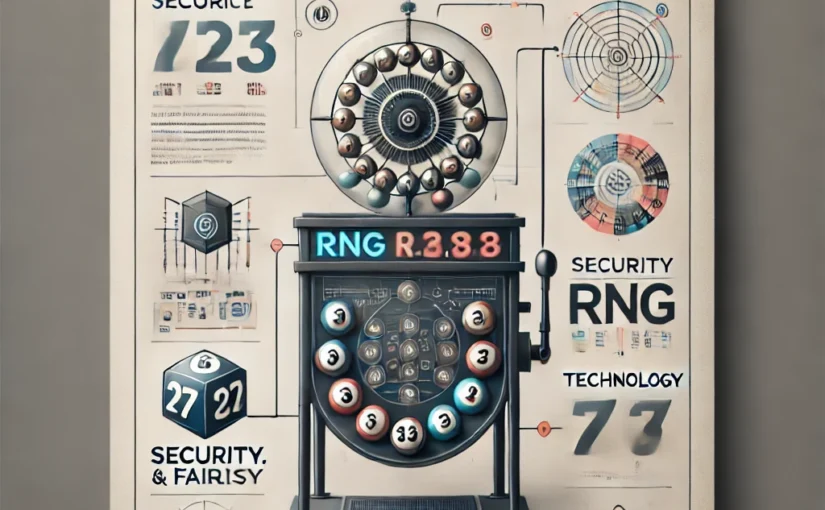Millions of people play the lottery every week, hoping their numbers will be called. But how exactly are those winning numbers selected? Is it purely random? Can the system be manipulated? At Dewakoin, we take you behind the scenes of lottery number draws—explaining the technology, security, and transparency that ensure fairness in every game.
1. The Two Main Lottery Draw Methods
Lotteries use two primary methods to draw winning numbers: mechanical ball machines and computerized random number generators (RNGs). Both are designed to ensure fairness and unpredictability.
1.1. Mechanical Ball Machines
These traditional machines are often used in televised draws for transparency.
- How it works:
- A set of numbered balls is placed in a transparent chamber.
- Air jets or rotating paddles mix the balls.
- Balls are drawn one at a time into a display tube.
- Types of machines:
- Gravity Pick Machines – Use two spinning paddles to mix and release balls.
- Air Mix Machines – Use air currents to suspend and randomly draw balls.
These machines are favored for high-profile lotteries like Powerball or Mega Millions because the public can physically see the draw happen.
1.2. Random Number Generators (RNGs)
Many daily or digital lotteries use computer-based systems to draw numbers.
- How it works:
- RNG software uses complex algorithms to generate random combinations.
- The numbers are chosen instantly with no physical interaction.
- Advantages:
- Faster and more cost-effective.
- Ideal for online games and smaller draws.
RNG-based draws are just as secure but require rigorous regulation and audits.
2. Security Measures to Ensure Fairness
Because millions of dollars are at stake, lottery draws follow extremely strict security protocols.
Pre-Draw Procedures:
- Machines and balls are tested before every draw for balance and consistency.
- RNG software is checked and certified by independent auditors.
- Multiple sets of balls and machines are rotated to prevent familiarity or tampering.
During the Draw:
- The process is recorded and often livestreamed or broadcasted.
- Independent observers (auditors or third parties) oversee the draw.
- Draw rooms are secured with limited access.
Post-Draw Checks:
- Results are double-checked before being published.
- Physical balls and machines are sealed after use.
- RNG logs are reviewed for anomalies.
No single employee can access the entire system—separation of duties helps prevent fraud.
3. Are Lottery Numbers Really Random?
Yes—when properly regulated, lottery numbers are as random as science allows. However, randomness doesn’t mean every combination has equal frequency over short time spans.
How randomness is maintained:
- Mechanical balls are weighed and measured regularly.
- RNGs are based on certified software reviewed by government agencies or third-party labs.
- Draw results are stored securely and cannot be altered retroactively.
Still, patterns can appear, which is why some players believe in “hot” or “cold” numbers—although statistically, every number has the same chance in each new draw.
4. Myths and Misconceptions About Lottery Draws
Despite the transparency, myths persist around how lottery numbers are drawn.
Common Myths Debunked:
- “The draw is rigged.”
All draws are heavily regulated with no room for manipulation. - “Certain numbers win more often.”
Randomness can cause some numbers to appear more frequently by chance, but it doesn’t indicate bias. - “Computer draws are easier to hack.”
Modern RNGs are extremely secure and monitored—just as safe as mechanical methods. - “The same numbers can’t be drawn twice.”
Every draw is independent. The same number can come up again, and it sometimes does.
5. Final Thoughts: Trusting the System
Understanding how lottery numbers are drawn gives players peace of mind. The systems used are the result of years of development, regulation, and oversight—designed to keep the process fair, secure, and transparent.
At Dewakoin, we support lottery systems that prioritize fairness, innovation, and public trust. Whether you’re playing for fun or chasing the dream, knowing how the numbers are picked is key to confident participation.
